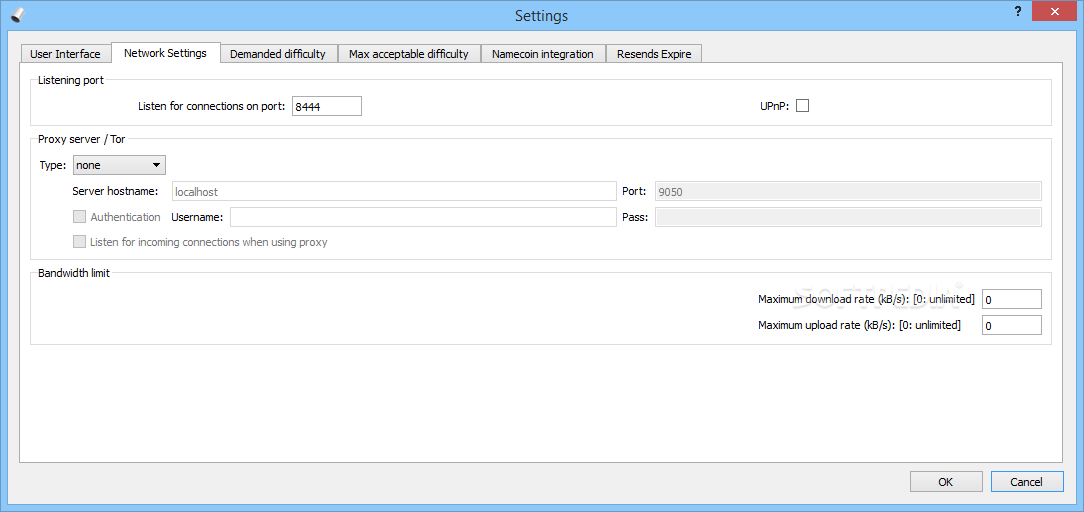
To better understand how Chimera works we first need a quick primer on Bitmessage. Bitmessage is a peer-to-peer messaging application that allows a user to anonymously send encrypted messages that can only be decrypted by the recipient.
#BITMESSAGE COMNVETOR DOWNLOAD#
Unlike other ransomware infections, Chimera does not have a TOR site that users can manage payments and download a decrypter. Instead, Chimera uses the Bitmessage peer-to-peer messaging application to communicate between the victim's computer and the malware developer's command and control server. This creates a decryption service that is incredibly portable, secure, and difficult, if not impossible, to take down as all the peers in the network are helping to distribute the keys. Instead it is its novel approach to distributing decryption keys to paid victims using the Bitmessage peer-to-peer messaging application. This scare tactic, though, is not what makes the Chimera Ransomware interesting. Even though this is a scary threat, the reality is that Chimera does not have the ability to publish your files anywhere. Related: Roger Ver Steps Into Chairman Role as Adds New CEOĭuring the cross-examination it came to light that Warren had put forward misleading testimony that he had not asked for help when developing the code.Over the past two weeks there has been a lot of press regarding the Chimera Ransomware and its threats to publish your data online. He affirmed that it’s possible to “trick the software” into displaying the wrong date and time a computer’s local time is backdated before sending a message.

Warren was also asked whether it is possible to alter the date and time a Bitmessage displays as received or sent. Warren confirmed that the communications protocol was not released until November 19, and these messages were likely “faked.” He was asked about Bitmessages dated November 6 with subject lines such as “The trust process,” “Regarding the trust process,” and “1933.” 1933 likely refers to a wallet address held by Craig in escrow, according to the initial complaint.

Backdating MessagesĪccording to the document, Warren alleges that messages pertaining to the formation of the Tulip Trust sent between Wright and Kleiman are likely forged. Ira Kleiman, Dave’s brother, is suing Australian-born Wright for allegedly defrauding the Kleiman estate out of some $5 billion worth of bitcoin. Related: Craig Wright’s Counsel Rebuts Forgery Evidence in Ongoing LawsuitĪt stake is a 1.1 million cache of bitcoin, collectively acquired by Wright and Kleiman and kept in the encrypted Tulip Trust.

#BITMESSAGE COMNVETOR SERIES#
This testimony, as part of a document surfaced August 13, speaks to one of the central claims of the prosecution: that Wright forged a series of contracts, emails, and BitMessages that purported to place Kleiman’s assets under Wright’s control.
#BITMESSAGE COMNVETOR SOFTWARE#
Wright lawsuit.ĭuring his deposition at Hudson Yards in New York City on July 24, Warren testified to his role in developing Bitmessage and opined on the possibility that the self-alleged creator of bitcoin, Craig Wright, and his business partner, David Kleiman, had access to the messaging software prior to its release. Jonathan Warren, the developer of Bitmessage, testified in a pre-trial examination as part of the continuing Kleiman v.


 0 kommentar(er)
0 kommentar(er)
